Vectores CNC 2D: comprensión de los formatos y configuraciones de archivos
Tabla de contenido
“Mastering the Art of Precision: Unraveling 2D CNC Vectors, File Formats, and Setups”
Introducción
2D CNC Vectors – Understanding File Formats and Setups is a comprehensive guide that provides an in-depth understanding of the two-dimensional Computer Numerical Control (CNC) vectors. It focuses on the various file formats used in CNC machining and the different setups required for optimal operation. The guide explores the intricacies of CNC vector files, including their creation, manipulation, and application in CNC machining. It also delves into the different file formats such as DXF, DWG, AI, EPS, and SVG, explaining their unique characteristics and uses. Furthermore, it provides a detailed explanation of the various setups necessary for efficient CNC machining, including tool selection, machine setup, and programming. This guide is an essential resource for anyone seeking to gain a thorough understanding of 2D CNC vectors and their application in the CNC industry.
Decoding 2D CNC Vector File Formats: A Comprehensive Guide
2D CNC vectors are an integral part of the manufacturing and design industry. They are used in a variety of applications, from creating intricate designs on wood and metal to producing complex parts for machinery. However, to fully harness the power of these vectors, it is essential to understand the different file formats and setups associated with them.
The first step in understanding 2D CNC vectors is to comprehend what a vector file is. Unlike raster images, which are made up of pixels, vector files are composed of mathematical formulas that define lines, curves, and shapes. This means that they can be scaled up or down without losing any quality, making them ideal for CNC machining.
There are several different types of vector file formats, each with its own unique characteristics. The most common ones include DXF, DWG, AI, EPS, and SVG. DXF and DWG files are typically used in AutoCAD, a popular software for creating 2D and 3D designs. AI files are native to Adobe Illustrator, while EPS is a universal file format that can be opened in almost any design software. SVG, on the other hand, is a web-based vector format that is often used for creating interactive graphics.
Each of these file formats has its own set of advantages and disadvantages. For instance, DXF and DWG files are highly accurate and can contain a lot of information, but they can also be quite large and complex. AI files are versatile and easy to edit, but they require Adobe Illustrator to open. EPS files are compatible with many different software, but they can sometimes lose information during conversion. SVG files are small and web-friendly, but they are not as widely supported as the other formats.
When setting up a 2D CNC vector file for machining, there are several factors to consider. The first is the scale of the design. Since vector files can be scaled without losing quality, it is important to ensure that the design is at the correct scale before starting the machining process.
The next factor to consider is the toolpath, which is the path that the CNC machine will follow to create the design. The toolpath should be carefully planned to ensure that the machine can efficiently and accurately produce the design.
Finally, the type of material and the cutting tool should also be taken into account. Different materials require different cutting tools and speeds, so it is important to choose the right ones for the job.
In conclusion, understanding 2D CNC vector file formats and setups is crucial for anyone involved in the manufacturing and design industry. By familiarizing oneself with the different types of vector files and the factors involved in setting up a CNC machine, one can effectively utilize 2D CNC vectors to create high-quality, precise designs and parts. Whether you’re a seasoned professional or a beginner in the field, a comprehensive understanding of these concepts can greatly enhance your CNC machining capabilities.
Mastering Setups for 2D CNC Vectors: Essential Tips and Tricks
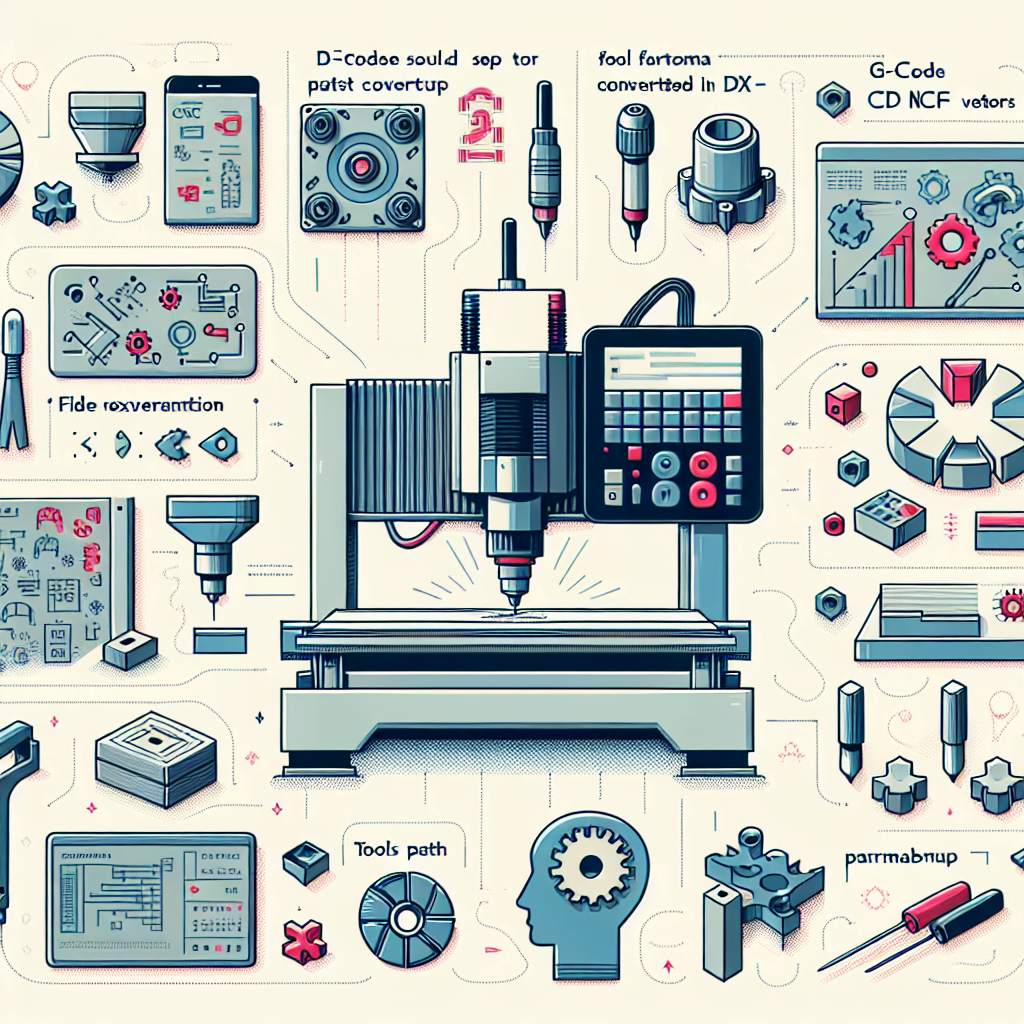
Mastering the setup for 2D CNC vectors is a crucial aspect of computer-aided design and manufacturing. This process involves understanding file formats and the necessary configurations to ensure optimal performance and precision in the production process. This article will delve into the intricacies of 2D CNC vectors, focusing on file formats and setups.
To begin with, it is essential to understand what 2D CNC vectors are. In the realm of computer-aided design (CAD), vectors are mathematical descriptions of a path, which may be a line, curve, or any other complex shape. These paths are defined by a start and end point, along with other points, curves, and angles along the way. In a 2D CNC setup, these vectors are used to guide the CNC machine along the defined path to create a physical object from a digital design.
The first step in mastering the setup for 2D CNC vectors is understanding the different file formats. The most common file formats used in CNC machining are DXF, DWG, EPS, AI, and SVG. DXF (Drawing Exchange Format) and DWG (Drawing) are native to AutoCAD, a popular CAD software. EPS (Encapsulated PostScript), AI (Adobe Illustrator), and SVG (Scalable Vector Graphics) are more commonly used in graphic design but can also be used in CNC machining. Each of these file formats has its strengths and weaknesses, and the choice of format depends on the specific requirements of the project.
Once the file format is chosen, the next step is setting up the CNC machine. This involves configuring the machine’s parameters, such as the cutting speed, feed rate, and depth of cut. These parameters are critical as they directly impact the quality of the final product. For instance, a high cutting speed may result in a rough finish, while a low feed rate may cause the tool to wear out quickly. Therefore, it is crucial to find the right balance to ensure optimal performance.
Another critical aspect of the setup process is the choice of cutting tool. The tool’s shape, size, and material can significantly affect the quality of the cut and the overall efficiency of the machining process. For example, a large tool may not be able to accurately cut intricate designs, while a tool made of a soft material may not withstand the rigors of the machining process.
Lastly, the setup process also involves setting the origin or zero point. This is the point from which all other points on the path are measured. It is typically set at the corner or center of the workpiece, but it can be set anywhere depending on the requirements of the design.
In conclusion, mastering the setup for 2D CNC vectors involves understanding the different file formats, configuring the machine’s parameters, choosing the right cutting tool, and setting the origin. Each of these steps plays a crucial role in ensuring the precision and efficiency of the CNC machining process. By understanding these aspects, one can effectively harness the power of CNC technology to bring digital designs to life.
The Role of File Formats in 2D CNC Vector Operations: An In-depth Analysis
The world of 2D CNC vectors is a fascinating one, filled with intricate details and complex operations. At the heart of these operations lie file formats, which play a pivotal role in the successful execution of 2D CNC vector operations. This article aims to provide an in-depth analysis of the role of file formats in 2D CNC vector operations, shedding light on their importance and how they influence the overall process.
To begin with, it is essential to understand what a file format is in the context of 2D CNC vectors. In simple terms, a file format is a standard way in which information is encoded for storage in a computer file. It specifies how bits are used to encode information in a digital storage medium. File formats may be either proprietary or free and may be either unpublished or open.
In the realm of 2D CNC vector operations, file formats are crucial as they determine how the CNC machine interprets the design data. The file format used can significantly impact the quality of the final product, as different formats have different capabilities in terms of the level of detail they can capture and reproduce.
For instance, vector file formats such as DXF and SVG are commonly used in 2D CNC operations. These formats are preferred because they store information as vectors – mathematical descriptions of paths, rather than as individual pixels. This means that they can be scaled up or down without any loss of quality, making them ideal for CNC machining where precision is paramount.
However, not all file formats are created equal. Some formats, like the aforementioned DXF and SVG, are open formats, meaning their specifications are publicly available. This allows for a high degree of compatibility between different software and hardware, making these formats highly versatile. On the other hand, proprietary formats, whose specifications are owned and controlled by a single organization, may offer unique features but can also lead to compatibility issues.
The choice of file format also affects the setup process for 2D CNC vector operations. The setup process involves preparing the CNC machine to execute the design as accurately as possible. This includes loading the design file into the CNC machine’s control software, setting the appropriate cutting parameters, and aligning the workpiece correctly. The file format used can influence each of these steps, as different formats may require different procedures or settings to ensure optimal results.
For example, some file formats may require additional software to be installed on the CNC machine to interpret the design data correctly. Others may have specific requirements for how the design data is structured or organized within the file. Understanding these nuances is crucial for achieving the best possible results from 2D CNC vector operations.
In conclusion, file formats play a critical role in 2D CNC vector operations. They influence not only the quality of the final product but also the setup process for the CNC machine. Therefore, a thorough understanding of file formats and their implications is essential for anyone working in the field of 2D CNC machining. By choosing the right file format and understanding its requirements, one can ensure a smooth and successful CNC operation.
Conclusión
In conclusion, understanding file formats and setups in 2D CNC vectors is crucial for efficient and accurate CNC machining. Different file formats such as DXF, DWG, AI, EPS, and SVG are used in CNC machining, each with its unique properties and uses. The setup process involves setting the origin point, determining the cutting path, and setting the cutting depth and speed. Mastery of these aspects ensures precision, reduces errors, and enhances the overall productivity in CNC machining.

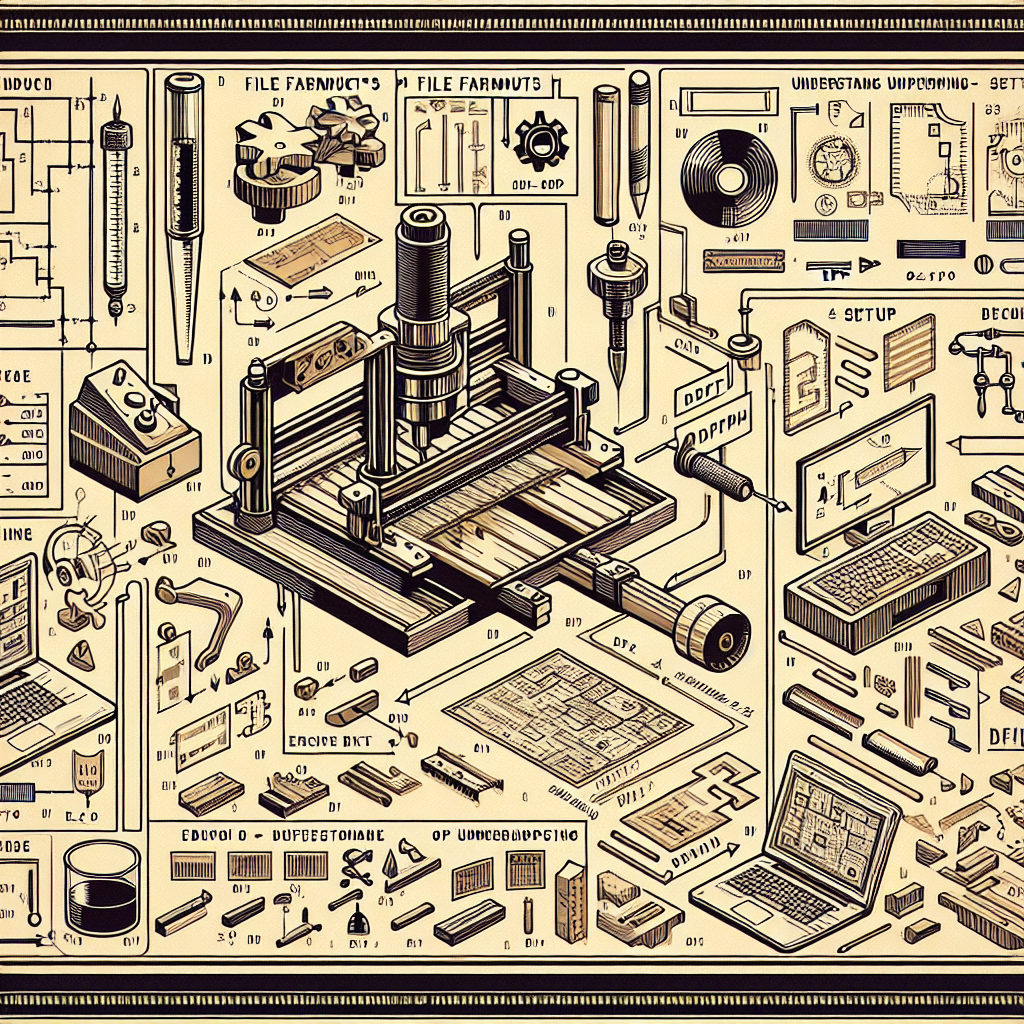
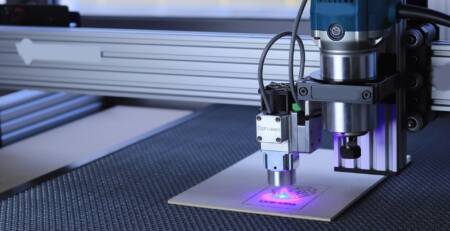
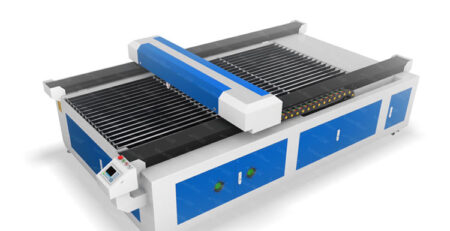
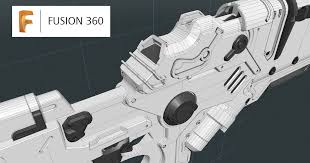
Deja una respuesta